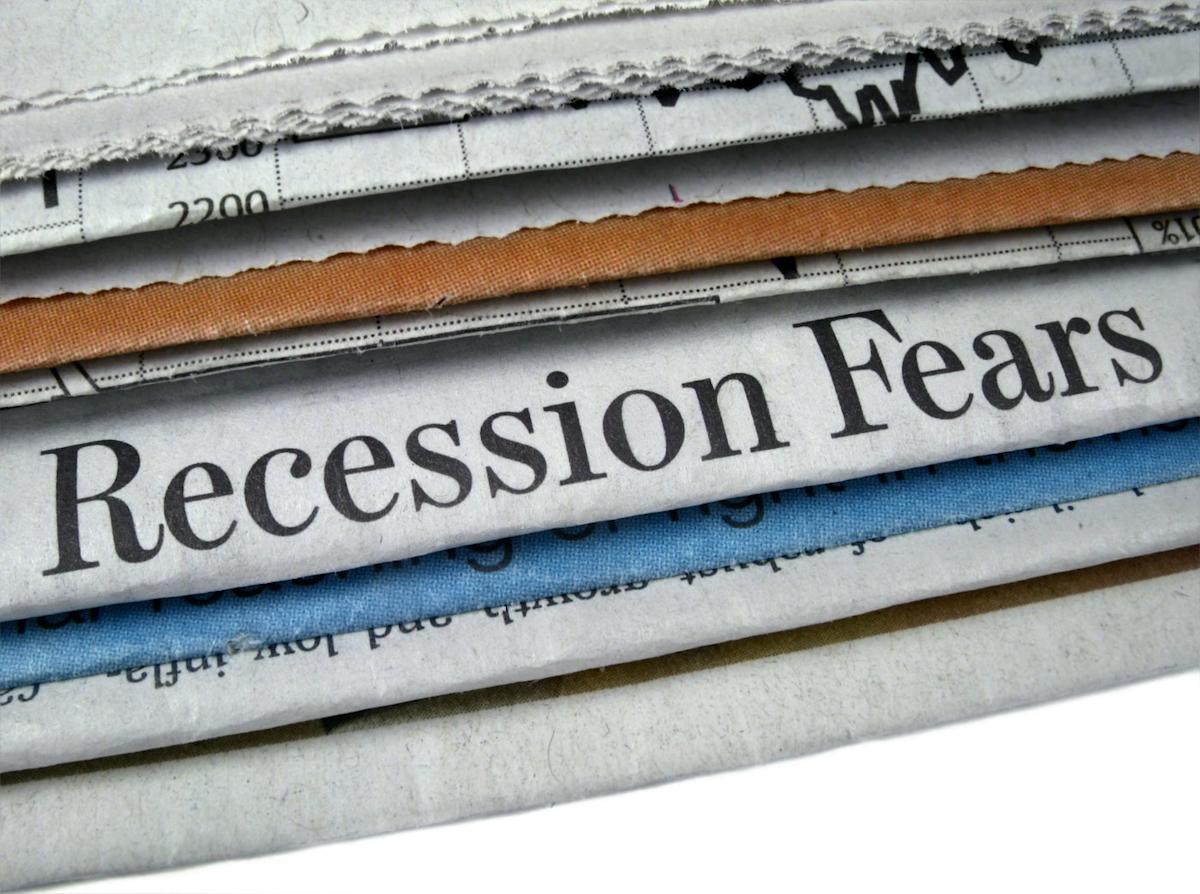
Forecasting a U.S. recession involves far more complexity than simple observation of economic trends. While signs like slowing GDP growth, rising unemployment, and tightening credit markets are commonly cited as red flags, economists rely on a multifaceted array of models, historical data, and real-time indicators to gauge the actual risk of a downturn.
One key challenge in recession prediction is the inherent uncertainty in economic data. Initial estimates for key indicators like employment figures and GDP are often revised weeks or even months later, making it difficult to form real-time conclusions. Economic models attempt to compensate for this by integrating leading, lagging, and coincident indicators, but no model is foolproof.
Another complicating factor is the impact of consumer and business expectations. If businesses anticipate a downturn, they may reduce investment and hiring, thereby accelerating a recession that may have otherwise been avoided. Similarly, changes in Federal Reserve policy, such as adjustments to interest rates, can influence consumer behavior and markets in unpredictable ways.
Global factors also play a role. For instance, changes in trade policy, geopolitical tensions, or a slowdown in major economies like China or the European Union can ripple through global supply chains and impact U.S. economic activity.
In recent years, external shocks—such as the COVID-19 pandemic and supply chain disruptions—have further highlighted the limitations of conventional forecasting. These unpredictable variables have led many economists to refine their methodologies and place a greater emphasis on flexible, real-time data analysis.
In conclusion, while forecasting tools provide valuable insights, predicting a U.S. recession is far from an exact science. It requires interpreting a wide array of data, accounting for human behavior, and acknowledging the limitations of even the most sophisticated models. As such, economic outlooks should be viewed with a critical eye and understood within the context of ongoing developments.
Source: https:// – Courtesy of the original publisher.








